The Porsche 911 is recognised as the most successful road-going sports car of all time. It quickly made its name in motor sport, and on-going development for motor sport has always kept it up to the mark. The 911’s competition success began soon after the start of production, when Herbert Linge drove a modestly powered production 911 to a remarkable 5th place in the 1965 Monte Carlo Rally. In 1966, the 160HP Porsche 911 S was introduced and after that there was no holding back. A French, privately entered 911S took 14th place overall and a class win in the 1966 24 Hours of Le Mans, while ace works driver Vic Elford became European rally champion. In Zuffenhausen, minds were concentrated on the development of new, even more powerful competition 911 models. Race director Peter Falk and engine guru Hans Mezger were deeply involved but, above all, it was Ferdinand Piëch – Ferry Porsche's 29-year-old nephew – who had the power and the vision to move things forward. Promoted to head of R&D at Zuffenhausen in 1966, Piëch knew exactly what he wanted to do. He was the man behind the creation of the first super-high-performance 911, a car intended to be capable of wiping the board in GT racing.
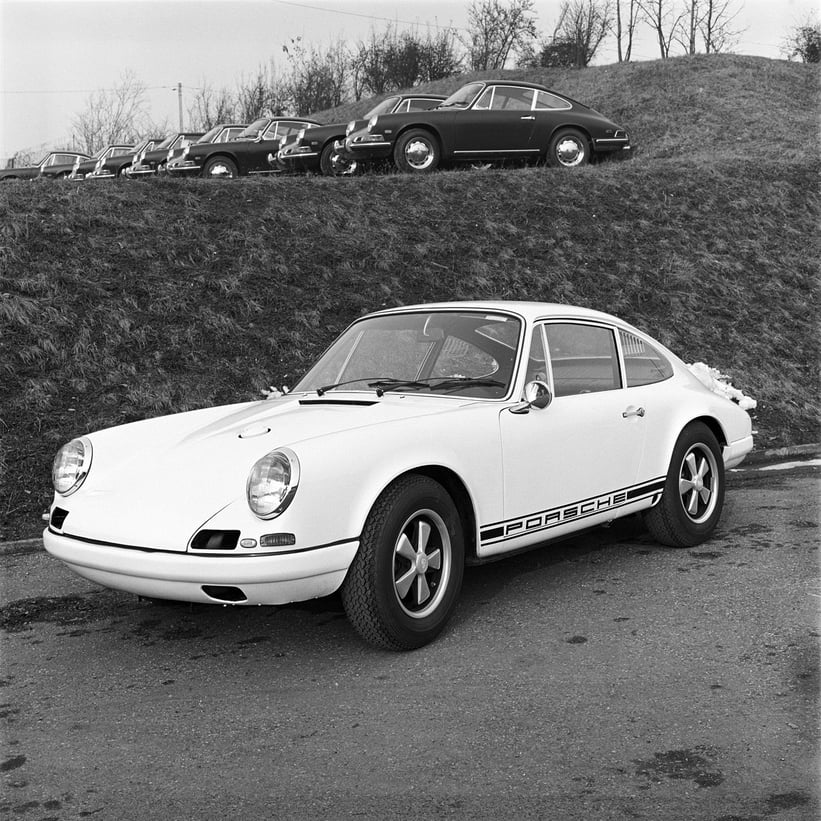
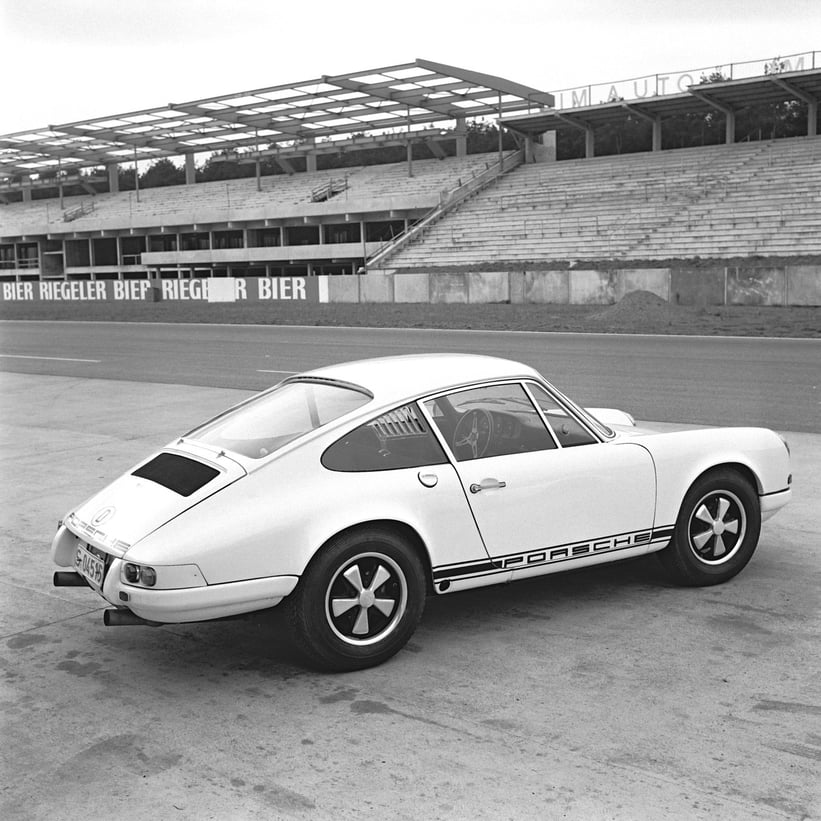
Piëch, whose passion as an engineer is legendary, got down to work with racing mechanic Rolf Wütherich, their first aim being to strip the Porsche 911 S of every ounce of unnecessary weight. Although the unitary steel bodyshell was retained, anything bolted onto it – such the bonnet, doors and wings – were replaced by glassfibre panels. Plexiglas replaced the heavy windows and metal parts were drilled with holes to resemble Swiss cheese. The cockpit was stripped to the bare minimum and sound insulation was removed. Even the door handles were ditched in favour of simple plastic straps and the tail-lights were replaced by smaller parts of minimal weight. Four prototypes were built that way, each one a little lighter than its predecessor. By the end, the 1,030kg of a standard Porsche 911 S had been reduced to 800kg on the scales. The 911 R remains the lightest 911 constructed by the factory to date.
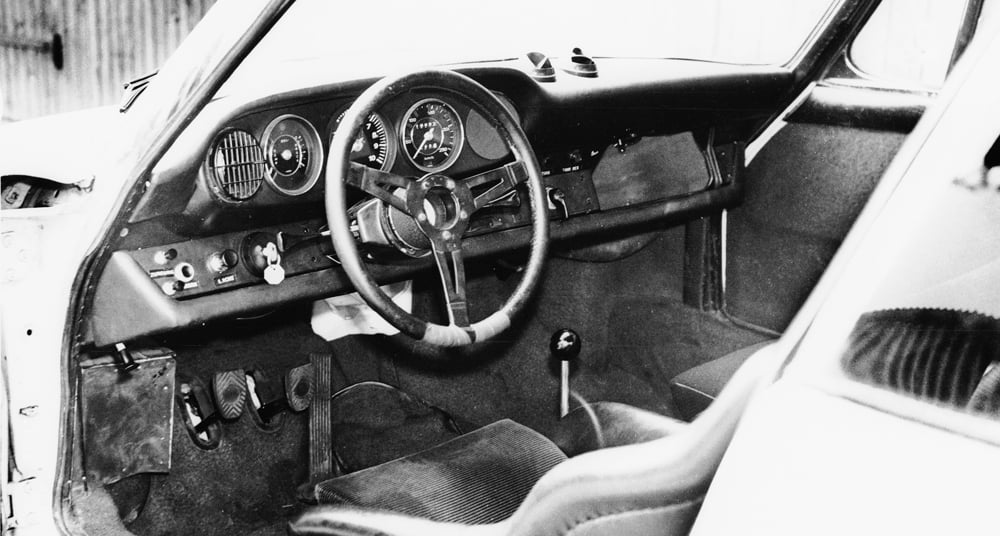
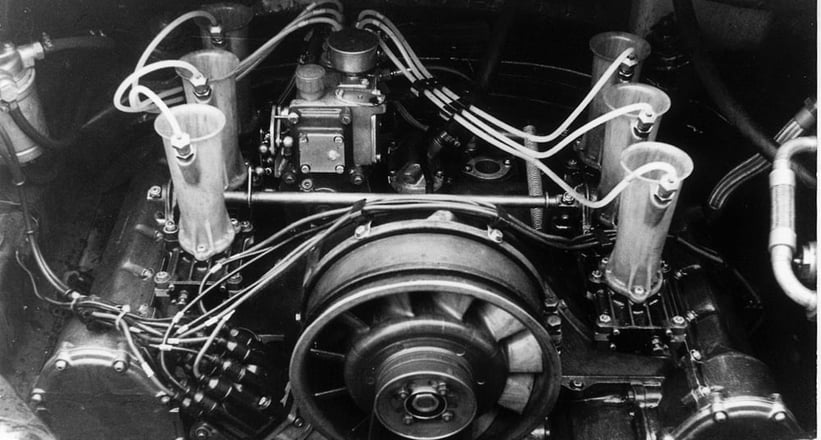

To complete their Porsche 911 R – the ‘R’ standing for ‘Racing’ – and create the ultimate rally and race missile, further work was necessary. Piëch specified lightweight, wider wheels for faster cornering speeds, plus a tachometer reading to 10,000rpm and a ‘Monza’ steering wheel. Next on the list was an engine to match the potential of this projectile. Piëch settled on the 210HP aluminium six-cylinder Type 901/22, basically as used in 906 and 910 Porsche racing models. He also experimented with the 230HP higher-revving Type 916 race engine.
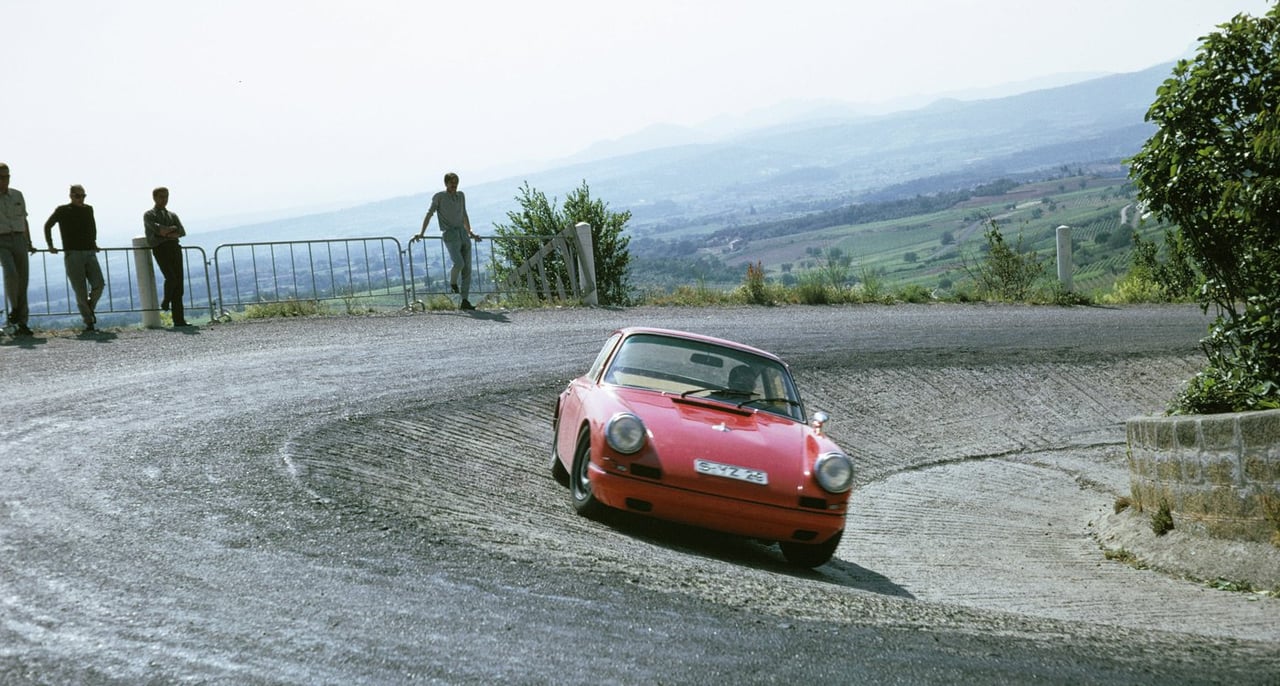
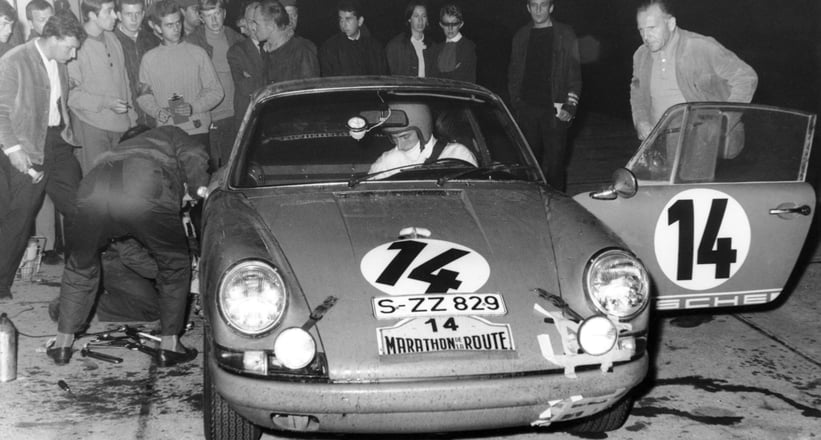
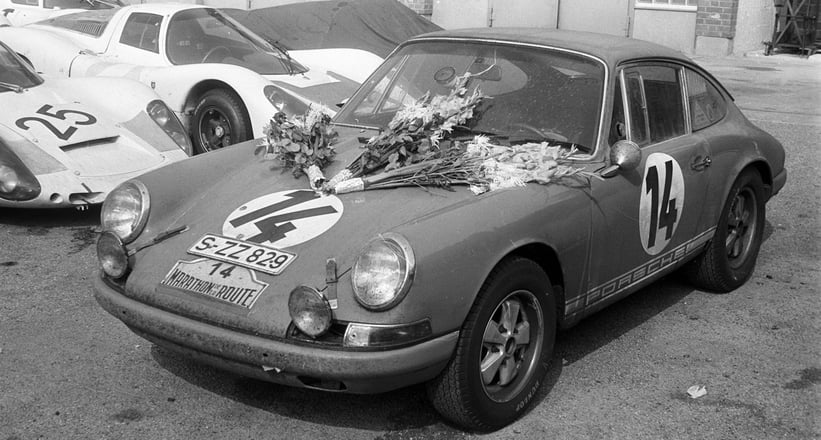
When Porsche’s celebrated racing manager and occasional racer Huschke von Hanstein tried the 911 R, he was full of enthusiasm. Von Hanstein, a successful Mille Miglia and Targa Florio driver, was so delighted that he urged its homologation for GT racing. However, the sales department in Zuffenhausen did not share his optimism, having no confidence that the 500 examples necessary for homologation could ever be sold. For that reason, only 20 further examples of the 911 R were made. With a very high purchase price of 45,000 Deutschmarks, it was hard to argue against the cautious policy of the sales experts but subsequent events – concerning the 2.7 RS – suggested they might have been wrong. As it was, the unhomologated 911 R could not compete in GT events and was therefore relegated to the prototype class, in which it had no real chance against pure racing models such as the Porsche 906, 907 and 910. The one event in which the 911 R did secure a remarkable outright victory of international significance was the 1967 Marathon de la Route – an 84-hour non-stop blast round the old Nürburgring’s Nordschleife and Sudschleife combined. Porsche’s overall technical supremo at the time, Helmuth Bott, saw that event as a golden opportunity to promote the then-new Sport-o-Matic gearbox. The third 911 R prototype was converted for that event with a 911 S Sport-kit 175HP engine mated to the new semi-automatic gearbox. After the event it was converted back to its original specification. Drivers Vic Elford, Hans Herrmann and Jochen Neerpasch won that demanding event by a huge margin. The publicity from that victory was invaluable to the company.
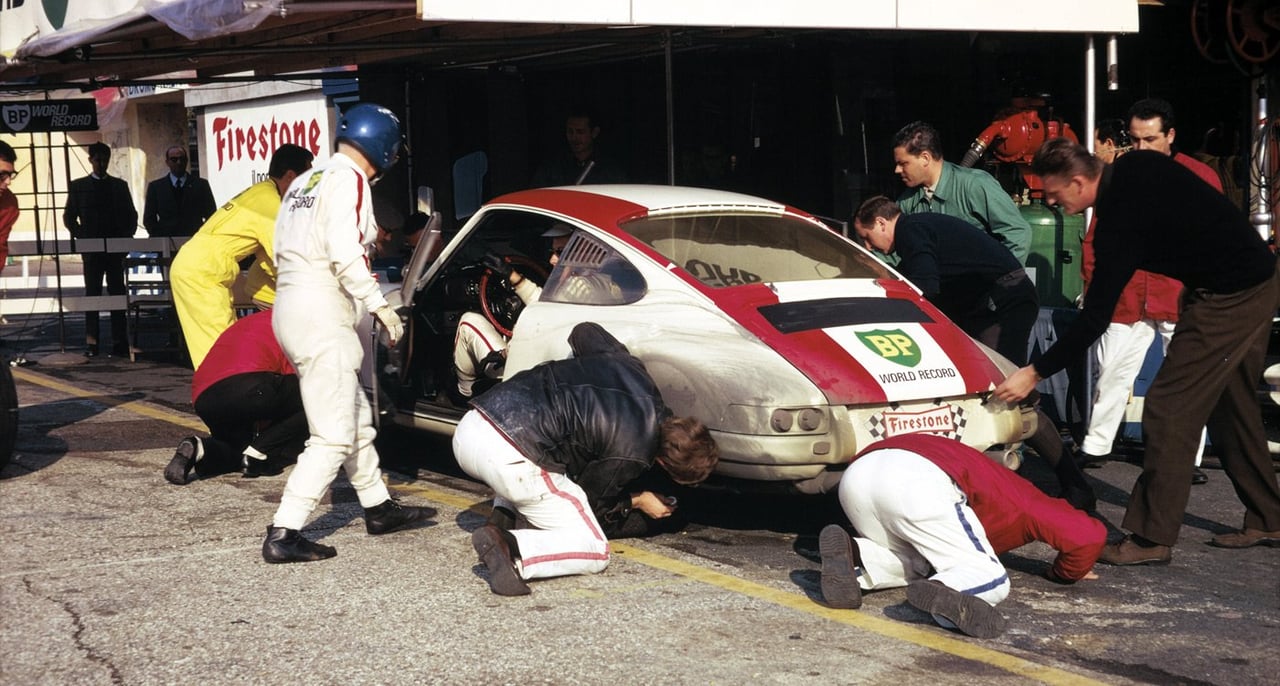
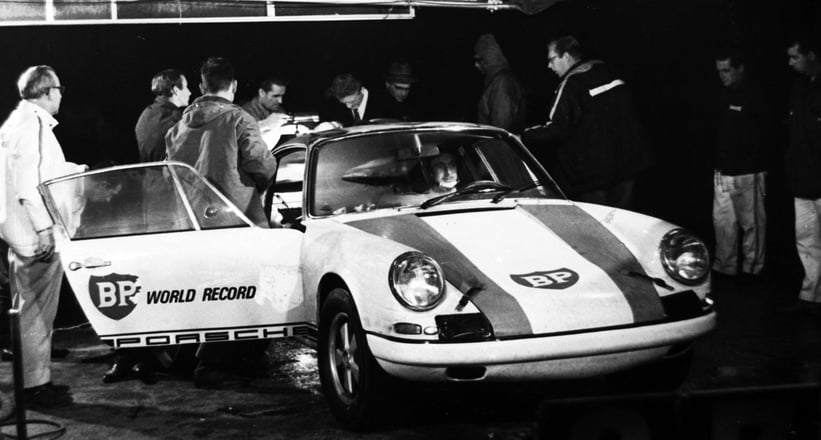
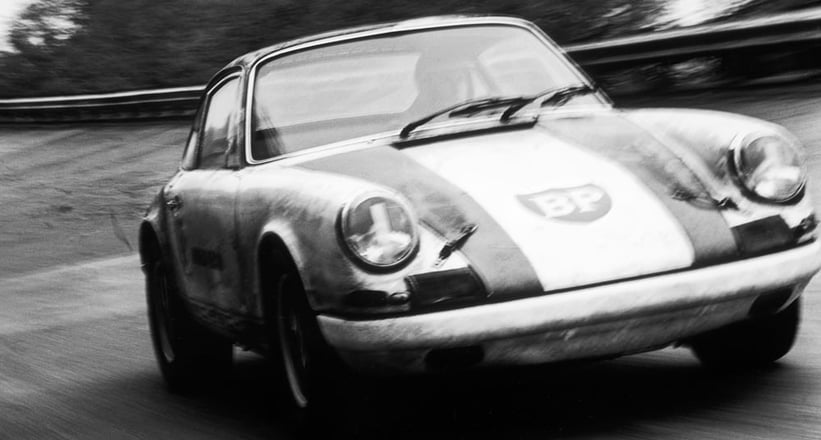
By contrast, another major success for the 911 R was completely unexpected. In October 1967, Jo Siffert and his Swiss teammates had travelled to Monza to break some high-speed world distance records established by Ford and Toyota. Unfortunately, their Porsche 906’s suspension soon proved unable to survive long distances on the bumpy Italian circuit. To save the day, a Porsche 911 R was immediately despatched from Germany to take the place of the 906. That 911 R provided the Swiss team with five new long-distance world records – including the 20,000km at an average speed of 209km/h. Only later did the team discover that the engine of the record car was not a freshly refurbished unit, as they had thought, but one which had already spent 100 hours in a flat-out test round the factory’s test track at Weissach.
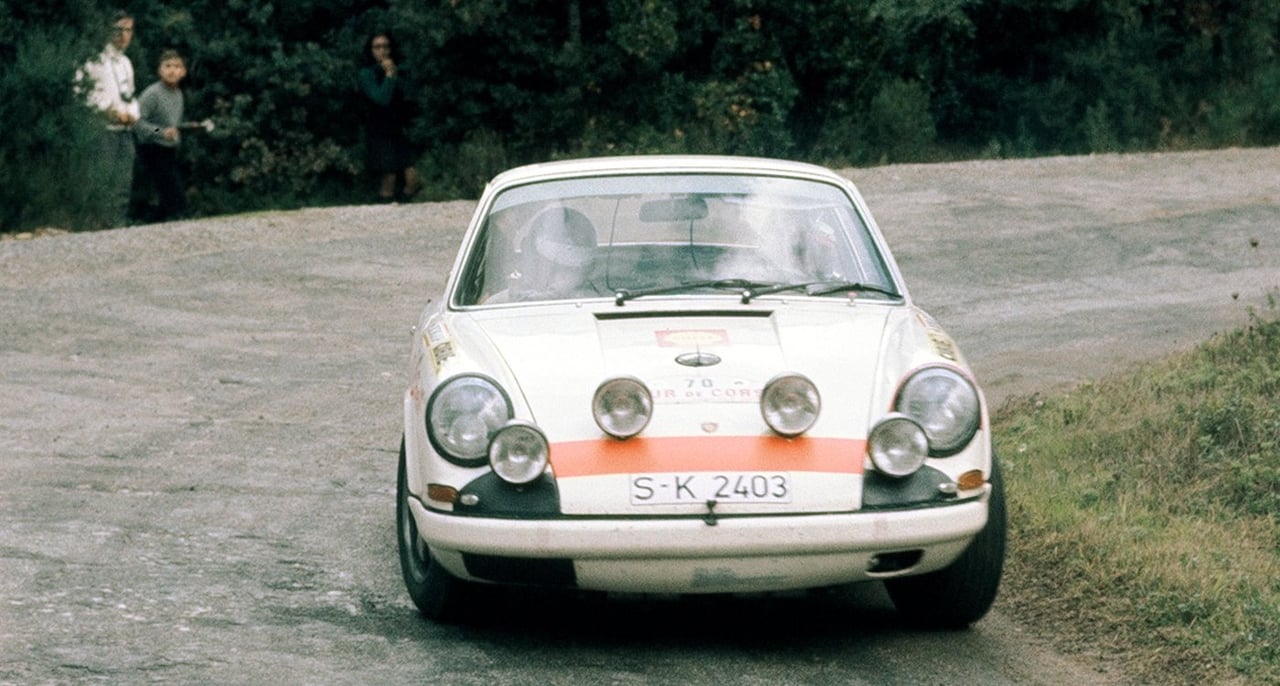

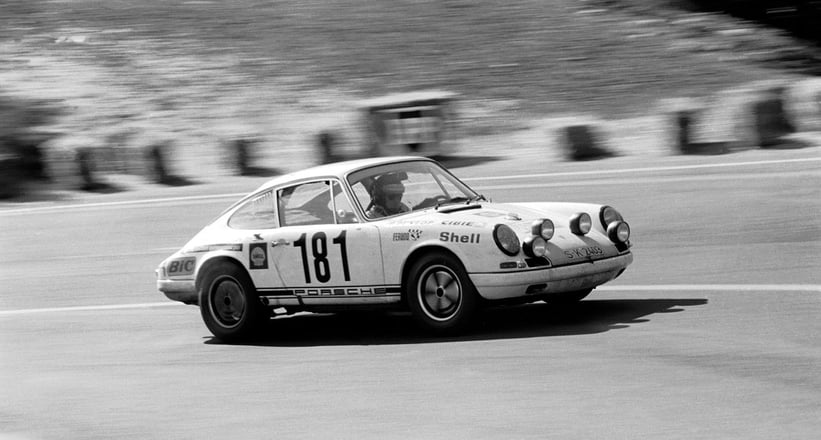
That might seem enough, but the story of the 911 R’s achievements was not quite finished. In 1969, when the Tour de France Automobile was opened for prototypes, Gérard Larrousse entered a 911 R and won outright. He triumphed again shortly afterwards in the Tour de Corse with the same car. He entered the Tour de France again in 1970 even though he was by then matched against two pure sports-racing prototypes, the 12-cylinder Matra 650s. Larrousse promised the Stuttgart engineers a case of champagne for every kilogram of weight they could remove from the Porsche 911 S he ran that year. He took third place overall behind the monster Matra and duly honoured his debt to the Stuttgart engineers with seven cases of champagne.
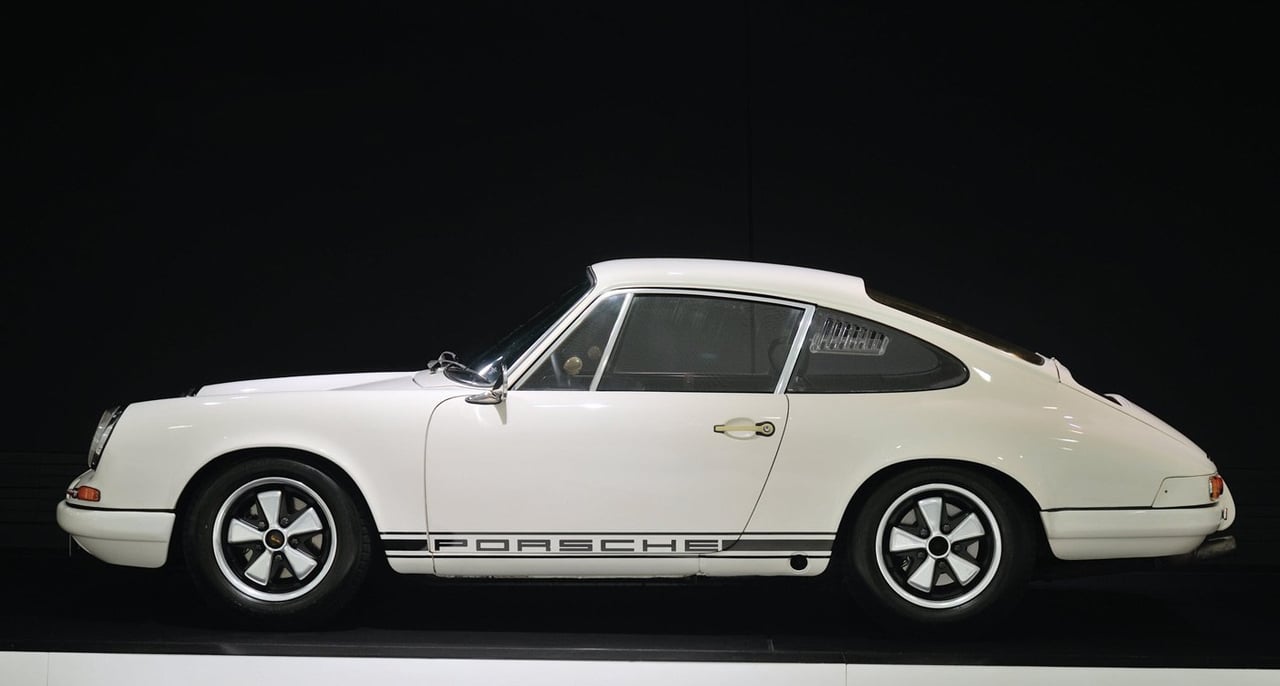
The next major step in the development of 911 racing models did not come until 1973 and, exactly as before, the ‘bean counters’ in the sales team were unenthusiastic. This time, however, the technicians prevailed: the Porsche 911 Carrera RS 2.7 made its debut at the Paris Motor Show in October 1972. It was on sale to the public, with 500 needing to be sold to homologate it for the GT class of racing. Despite the dire predictions of the sales team, the production run soon had to be doubled to meet demand. The Porsche RS 2.7, which in its most extreme version was claimed to measure 975kg on the scales, also brought in a striking new rear spoiler, which was quickly nicknamed the ‘duck-tail’.
The 1973 Carrera RS and its even harder racing brother, the RSR, are now among the most coveted Porsche 911 models of all time. They are the true ancestors of today's racing 911s, such as the GT3. Purists among Porsche connoisseurs have no doubt that without Ferdinand Piëch's vision in 1967, when his inspiration set the 911 on a clear path of high performance, the story would have been very different indeed. At the Geneva Salon in 2016, Porsche will be paying the 911 R the honour that is, without any doubt, due to the 1967 original of that name.
Photos: Porsche Archiv




















